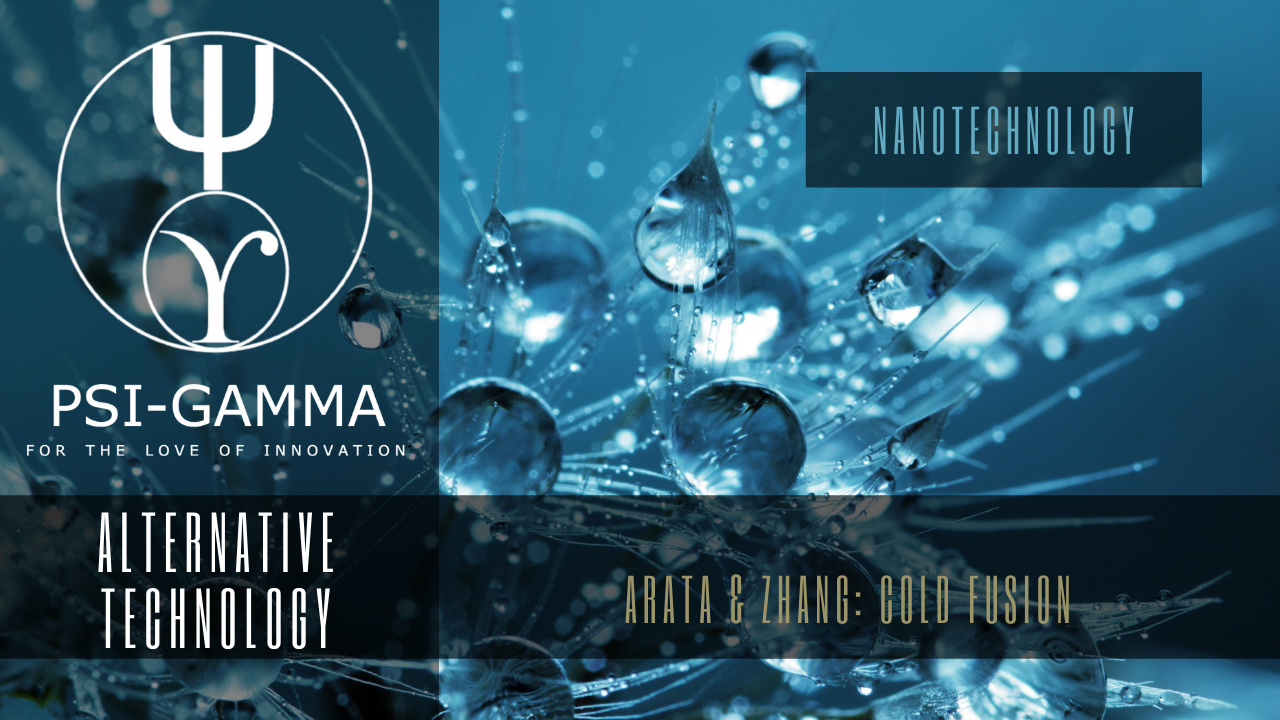
Arata and Zhang: Cold Fusion
On May 22, researchers at Osaka University presented the first demonstration of cold fusion since an unsuccessful attempt in 1989 that has clouded the field to this day.
To many people, cold fusion sounds too good to be true. The idea is that, by creating nuclear fusion at room temperature, researchers can generate a nearly unlimited source of power that uses water as fuel and produces almost zero waste. Essentially, cold fusion would make oil obsolete.
However, many experts debate whether money should be spent on cold fusion research or applied to more realistic alternative energy solutions. For decades, researchers around the world have been simply trying to show that cold fusion is indeed possible, but they´ve yet to take that important first step.
Now, esteemed Physics Professor Yoshiaki Arata of Osaka University in Japan claims to have made the first successful demonstration of cold fusion. Last Thursday, May 22, Arata and his colleague Yue-Chang Zhang of Shianghai Jiotong University presented the cold fusion demonstration to 60 onlookers, including other physicists, as well as reporters from six major newspapers and two TV studios. If Arata and Zhang´s demonstration is real, it could lead to a future of new, clean, and cheap energy generation.
Cold fusion success in Japan gets warm reception in India
by
K.S. Jayaraman
Bangalore, May 27 (IANS) Researchers in Japan have given a live public demonstration of their cold fusion device, a historic experiment that is likely to revive global interest in this controversial method of energy generation that was earlier debunked as nonsense. A report in the California-based New Energy Times says the tabletop device built by Osaka University physicist Yoshiaki Arata and his associate Yue Chang Zhang continuously generated excess energy in the form of heat and also produced helium particles.
“The demonstration showed their method was highly reproducible,” the report quoted physicist Akito Takahashi, one of the 60 persons from industry and universities who witnessed it, as saying.
The demonstration held on May 22 has drawn immediate praise from Mahadeva Srinivasan, a cold fusion pioneer and formerly associate director of physics at the Bhabha Atomic Research Centre (BARC) in Mumbai.
“The cold fusion community is excited and is reverberating with news of a live public demo,” Srinivasan told IANS from Chennai. “The field is truly ripe for Indian labs to enter and it is hoped that we won’t miss the bus once again.”
The fusion process that powers the sun requires extreme temperature and pressure to force hydrogen nuclei fuse and release energy. Achieving fusion at room temperature was considered impossible until 1989 when American scientists Martin Fleischmann and Stanley Pons startled the world with their tabletop experiment.
They connected a battery to a pair of palladium electrodes immersed in a jar of water containing deuterium (heavier form of hydrogen) and showed their electrolytic cell produced heat energy in excess of what was consumed. They claimed that deuterium nuclei were being packed into the palladium’s lattice in such a way for fusion to take place.
Later it was shown by several groups including Srinivasan and Padmanabha Krishnagopala Iyengar at BARC in the early 1990s that the reaction produced tritium as well as helium indicating that cold fusion was real. However, further work at BARC was abandoned due to denunciation of cold fusion by mainstream scientists and the US government.
Srinivasan hopes that Arata’s public demonstration in Japan will give new birth to cold fusion research in India.
Arata, who is the recipient of Japan’s highest award, the Emperor’s Prize, is the first person to have performed thermonuclear fusion research in Japan. Arata and his colleague Zhang have been reporting their work on cold fusion at various conferences and in Japanese journals for the last 10 years.
In recent years, they have moved away from electrolysis and switched over to direct loading of deuterium gas into a matrix of zirconium oxide containing palladium nanoparticles. In their latest demonstration, they showed excess heat production commenced almost instantaneously when pure deuterium gas at high pressure was let in.
“The high operating temperature, instant response and reliability of this device make it the most practical form of cold fusion yet developed,” said Jed Rothwell, author of a popular book on cold fusion and another witness to the demonstration.
The Japanese demo comes three months after some of India’s leading nuclear physicists at a meeting in Bangalore formally recommended to the government to revive cold fusion research in India.
“The long neglect of this area (of research) by India must end now,” Malur Ramaswamy Srinivasan, former secretary to the Department of Atomic Energy, told the meeting held at the National Institute of Advanced Studies in Bangalore on Jan 9.
According to Mahadeva Srinivasan, the Central Electrochemical Research Institute in Karaikudi, the Indian Institute of Technology in Chennai, and the Indira Gandhi Centre for Atomic Research near Chennai have shown interest in restarting the work.
He said the field of cold fusion (which has been renamed as low energy nuclear reactions or LENR) has matured sufficiently to claim recognition as a valid new branch of science.
“If all that is claimed by the LENR community is validated,” he said, “the prospects of this being developed into a ‘third alternative option’ for generating nuclear energy in the 21st century, besides fission and thermonuclear fusion, are bright.”

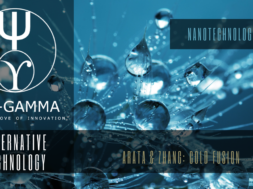
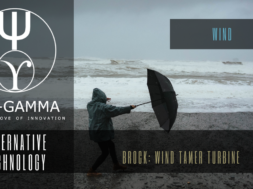
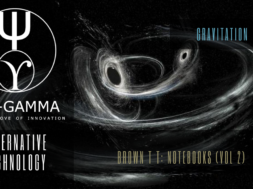
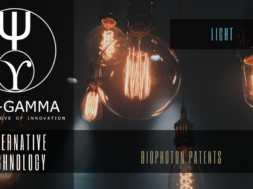
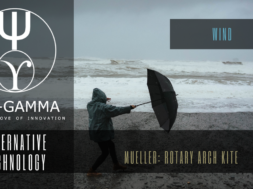
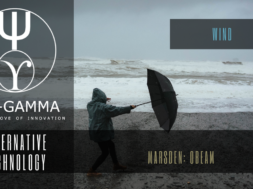
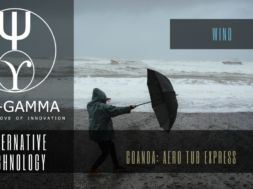
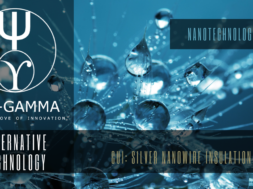
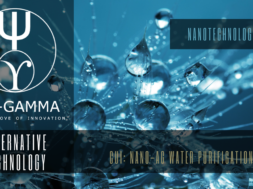
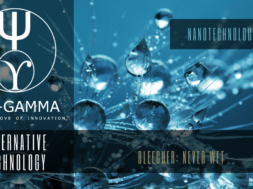
Эта публикация дает возможность задействовать различные источники информации и представить их в удобной форме. Читатели смогут быстро найти нужные данные и получить ответы на интересующие их вопросы. Мы стремимся к четкости и доступности материала для всех!
Исследовать вопрос подробнее – https://quick-vyvod-iz-zapoya-1.ru/